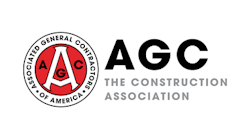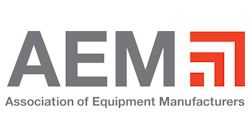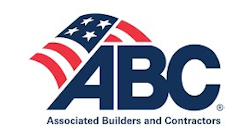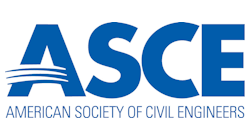As many of you will remember, Walmart, the world’s largest retailer pioneered a construction site stormwater and erosion and sediment control training program in 2004 in response to a consent decree offered by USEPA
The program required all would-be contractors to provide the names of one project manager and two project superintendents who had already received Walmart’s Storm Water Professional certification prior to being allowed to submit bids. A more detailed review of the program can be found here.
What emerged from an adversarial situation turned into one of the most enlightened actions in the rocky history of stormwater regulatory compliance. EPA got a prime showpiece and the company found that the process saved them money.
Sustainable Sustainability
On July 16, 2009, Walmart announced a new initiative focusing on sustainability that I am including here, not because I think you have any great interest in retail issues, but rather for the relevance of rationale and approach of the program:
July 16, 2009-Walmart today announced plans to develop a worldwide sustainable product index during a meeting with 1,500 of its suppliers, associates and sustainability leaders at its home office. The index will establish a single source of data for evaluating the sustainability of products.
“Customers want products that are more efficient, that last longer and perform better,” said Mike Duke, Walmart’s president and CEO. “And increasingly they want information about the entire life cycle of a product so they can feel good about buying it. They want to know that the materials in the product are safe, that it was made well and that it was produced in a responsible way.
“We do not see this as a trend that will fade. Higher customer expectations are a permanent part of the future,” Duke continued. “At Walmart, we’re working to make sustainability sustainable, so that it’s a priority in good times and in the tough times. An important part of that is developing the tools to help enable sustainable consumption.”
The company will introduce the initiative in three phases, beginning with a survey of its more than 100,000 suppliers around the world. The survey includes 15 questions[See Below] that will serve as a tool for Walmart’s suppliers to evaluate their own sustainability efforts. The questions will focus on four areas: energy and climate; material efficiency; natural resources, and people and community.
Sustainability Product Index Categories
Walmart’s sustainability product index categories include the following:
- Energy and climate: reducing energy costs and greenhouse gas emissions
- Material efficiency: reducing waste and enhancing quality
- Natural resources: producing high-quality, responsibly sourced raw materials
- People and community: ensuring responsible and ethical production
How’s Your Sustainability Quotient?
Grading & Excavation Contractor has focused the bulk of its attention on safety, productivity, environmental compliance, human resource development, and the role of technology in meeting the demands of the future. Each of these involve specific features that can be measured, refined, and presented as elements in your company’s qual pack, but in aggregate they make up what amounts to your personal sustainability quotient.
Several years ago we pointed out how many large developers were using the Efficiency Modification Rating (EMR) as a means for limiting bid responses to contractors with superior safety performance records. Today, a good EMR is a necessity in competing for an increasing number of jobs.
In strict terms, Walmart’s Sustainability Product Index is appropriate to a very limited audience, but viewed as a template for making broader assessments, the process-rooted in the recognition that today’s customers are in a position to demand greater visibility in the organizations with whom they do business-may be something worth considering. If you substitute terms and qualities appropriate to your business, the picture that emerges may reflect how potential project owners view your qualifications in the not-to-distant future.







